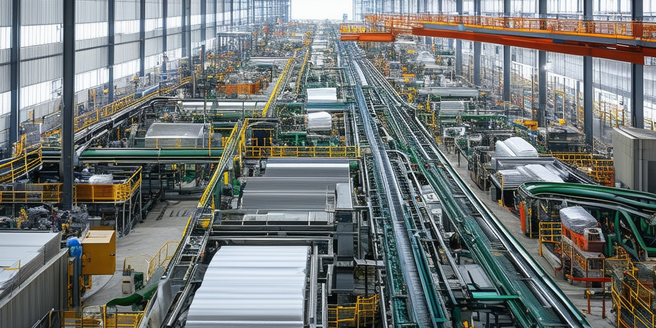
Understanding the Concept of Circular Economy
The Circular Economy is an ingenious concept transforming sustainability, inspired by nature’s ‘no waste’ policy. This alternate, responsible method of living reinvents the usage of resources daily. This economic model stands out by aiming to eradicate waste and continuously reusing resources. Unlike the traditional linear economy’s ‘take-make-dispose’ pattern, it offers a ‘retain-reuse-recover’ approach, which strives to transform us from a disposable society into one prioritizing longevity and conservation. The model encourages recycling, reducing waste, and preserving resources for future consumption, advocating a cyclical pattern in sync with the natural world. It challenges us to rethink our consumption habits, lifestyle choices, and resource values, introducing a sustainable trajectory for economic development. Retaining, reusing, and recovering are a call to action for all. This influential blueprint can potentially shape behaviors, decisions and the world we inhabit.
The Shift from Linear to Circular Economy
Our society’s main economic model, dubbed ‘linear’, operates on extracting resources from the Earth, using them, and discarding them when they’re viewed as no longer valuable, causing substantial waste and environmental harm. In contrast, the Circular Economy offers a more sustainable alternative by promoting a ‘flow’ model where materials are continuously recycled and reused, cutting our dependence on natural resource extraction and reducing waste. What’s notable about this approach is that waste is designed out of the process; at the end of a product’s lifecycle, its materials are reintegrated into production, making the waste of one product the raw material of another. This revolutionary approach, representing a significant shift from traditional practices, proposes an innovative, sustainable and environmentally conscious method for production and consumption.
Benefits of Circular Economy for Entrepreneurs
The Circular Economy offers numerous opportunities for innovation, sustainability, and profit, driving entrepreneurs to create new business models centered on circular principles. These principles encourage businesses to reduce resource consumption and waste, not only improving efficiency and profit margins by turning waste into resources but also opening up an untapped market for underestimated and undervalued ‘secondary’ raw materials. The Circular Economy also propels the development of green technology, inspiring businesses to focus on sustainability and providing entrepreneurs with opportunities to innovate and advance technologies that align with circular principles. Thus, entrepreneurs can improve their business while also enhancing the health of the planet.
Challenges Faced by Entrepreneurs in the Circular Economy
The transition to a circular economic model, from the traditional linear economy, illuminates unique challenges such as rethinking the prevalent take-make-dispose approach and significant capital investments for new technologies and infrastructures. Establishing novel supply chains for the sourcing, repurposing, and returning goods efficiently also adds complexity to the process. Additionally, an imposing task is to alter consumer behaviour from a consumption-based mindset to one that values sustainability and circularity, requiring businesses to craft persuasive messages for changing long-held buying habits.
Case Studies: Successful Entrepreneurs in the Circular Economy
In the modern context, the concept of the Circular Economy is no longer just a resilient vision for the future but is a burgeoning reality, led by progressive visionaries who demonstrate its benefits for environmental preservation and profitability. Companies like Loop and Elm Innovations epitomize this model, adopting novel strategies to reuse or compost waste materials, converting ‘trash into treasure’. The new waste management practices not only revolutionize supply chains, attracting conscious customers who support eco-friendly businesses, but also save resources by minimizing the use of raw materials. Simultaneously, they generate additional revenue, marketing waste as beneficial products, thereby making the Circular Economy a win-win model that contributes to a sustainable future, meets the rising demand for green products while saving costs and augmenting profits.
